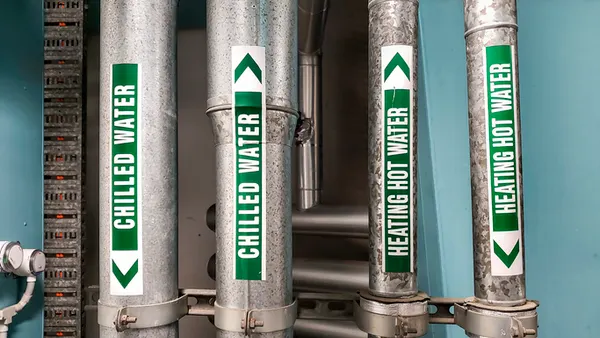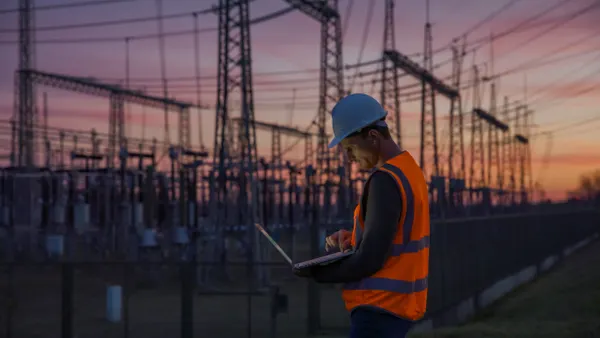Utilities hoping to efficiently balance the growing demand associated with electric vehicle adoption must view residential time-varying rates as "a bridge to direct load management," according to a new report from the Smart Electric Power Alliance (SEPA).
Spurred by declining vehicle prices and the availability of new models, the report says Navigant is now forecasting more than 20 million emissions-free vehicles on domestic roads by 2030, with an annual consumption of 93 TWh. As of July, the firm estimated less than 1.3 million zero emissions vechicles in the United States.
SEPA warns the increase in peak load can "strain the local distribution system, particularly when several EVs are clustered on single transformers." But the analysis, based on a survey of nearly 3,000 EV customers and 28 utilities offering EV-specific rates, also finds evidence that consumers can help ease the burden when presented with electric rates designed specifically for home charging.
EV rates are a "relatively new area, but our study has identified a number of important patterns emerging from recent experience," Ryan Hledik, a principal of The Brattle Group and co-author of the report, said in a statement.
Utilities with a marketing budget for EV-specific rates see a three-fold increase in enrollment, SEPA found. And those using more than three marketing channels have a 1.4x increase in customer enrollment. When EV rates are developed by utility-driven initiatives, rather than being required or recommended by customers, lawmakers or regulators, the report showed a 2.4x increase in enrollment.
"Utilities can directly influence many of the EV rate deployment elements that correlate to high enrollment levels," Hledik said.
The pool of potential customers for time-varying rates is significant: SEPA found 72% of non-enrolled customers were willing and able to charge their EV during off-peak hours. There is a caveat, however: the rate must result in bill savings and be convenient to use.
SEPA's survey found the rates generally successful: More than 90% of customers responded to the off-peak price signal, and a majority of utility respondents saw an average EV customer’s charging bill decline.
And customers stick with the rate offering. Utilities surveyed saw a high level of retention on their EV rate, said SEPA: Over 95% of participants enrolled at the beginning of the year remaining enrolled at the end of the year.
Utilities have a long-term interest in seeing customer adoption of new EV rates go smoothly. That could be a customer’s first exposure to load management, Erika Myers, principal of transportation electrification at SEPA and another of the report's authors said in statement.
In the future, utilities may be able to leverage vehicle batteries for advanced grid benefits. SEPA's report says the new rates are "an effective first step" in developing the necessary relationship with customers to eventually allow for those more advanced use cases.
"A utility should make every effort to ensure that the experience is positive to acclimate customers to the idea of using their vehicle battery for future vehicle-grid integration programs," said Myers. "Reducing barriers to participation, like up-front enrollment fees and short off-peak charging windows is absolutely crucial to maximize enrollment."
The potential goes beyond EVs to include other grid-connected devices that could respond to electricity pricing such as water heaters, air conditioners, swimming pool pumps, and laundry equipment.
"As customers become more comfortable with controlled loads through managed EV charging programs, it may also lead to greater acceptance of other utility load-control programs," SEPA concluded.














